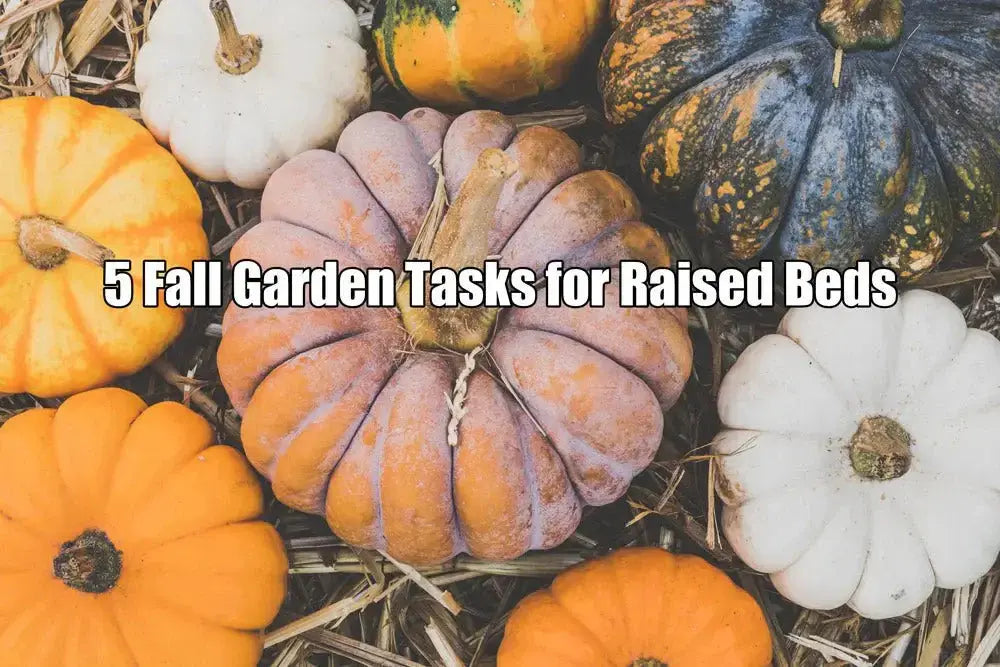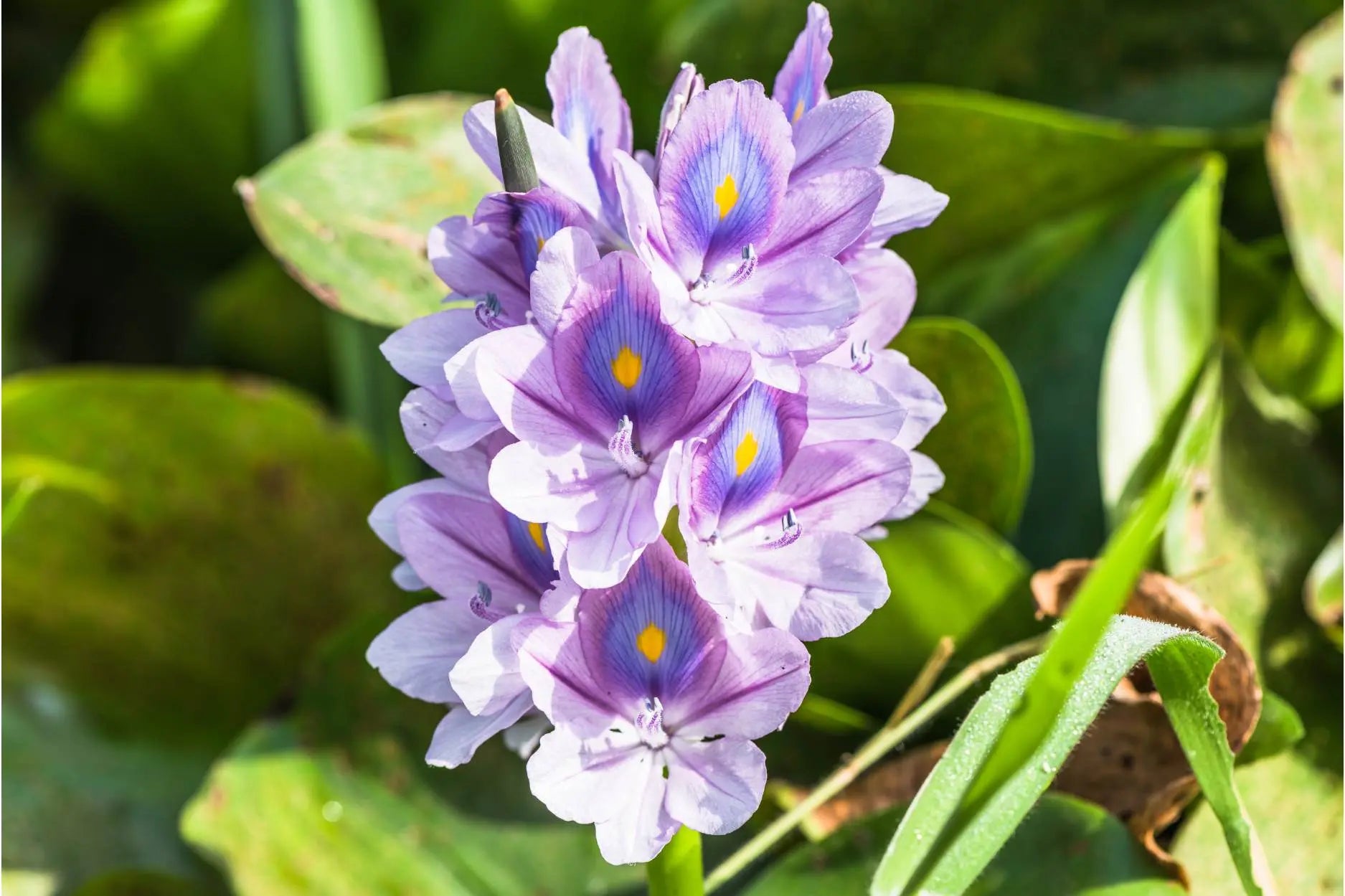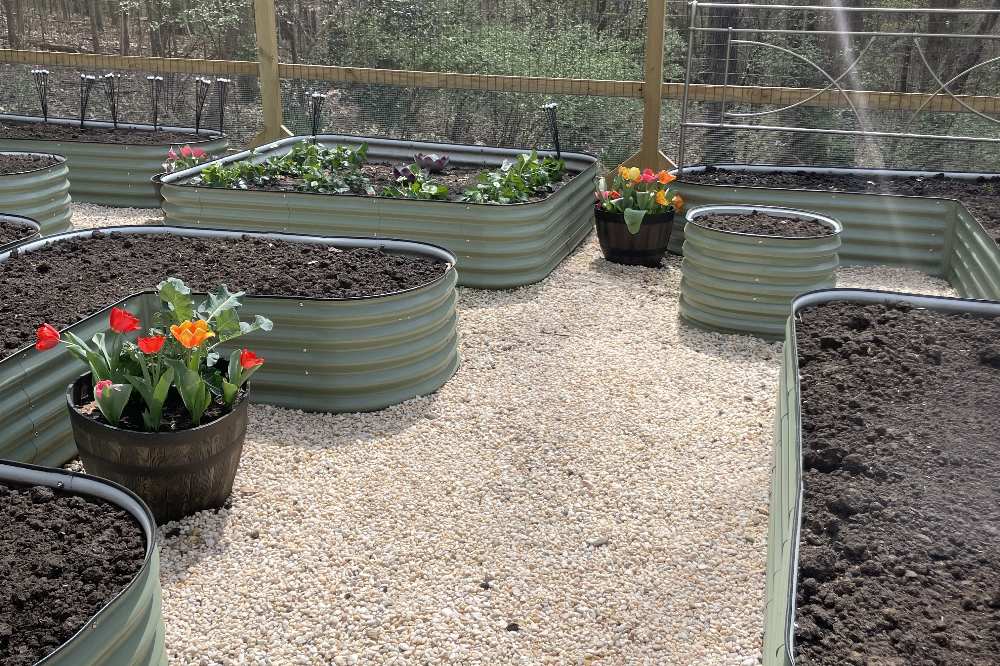The Truth About Coffee Grounds -
How to Properly Use Them in Gardening
Coffee grounds are often a fantastic addition to the metal raised garden beds. But, do you know why is it so? First of all, they contain nutrients that many plants can benefit from. But the thing is, coffee grounds are not always suitable for all types of plants. You need to know how to use them the right way. That way, you can prevent problems like soil imbalance, fungal growth, and plant stress.
Today, we decided to dive deep into the world of coffee grounds. We uncover if they are good for plants, which plants dislike them, which plants thrive on them, and the best ways to use coffee grounds in your garden. Let’s begin, shall we?
Are Coffee Grounds Good for Plants?

The short answer is - it depends. Coffee grounds contain nitrogen, potassium, phosphorus, and other minerals. These sound like all the things plants need to grow. And that’s correct. However, they are also acidic and can impact soil pH (Learn how to adjust soil pH here), which isn’t an ideal scenario for every plant. On top of that, coffee grounds can stick - a lot. This means they can create a barrier that prevents water from reaching the roots of the plants.
However, if you use them the right way, coffee grounds in the garden can act as a slow-release fertilizer. Moreover, they can improve soil structure, and even deter some pests like slugs and snails. Just try not to use them too much - they can make the soil too acidic and negatively affect the overall health of your plants.
What Plants Don’t Like Coffee Grounds?

Adding coffee grounds for plants can make some of them struggle while growing. This happens for two reasons - either because of the acidity or because coffee grounds prevent both germination and growth. Thankfully, we’re here to make things a little easier for you. Just to put you on the right gardening path, here are the plants that don’t really respond well to coffee grounds:
- Tomatoes – They prefer slightly acidic to neutral soil. In this case, coffee grounds can make the soil too acidic for them to thrive.
- Lavender – This plant loves well-drained, alkaline soil. Let’s be real - this is the opposite of what coffee grounds provide.
- Rosemary – Like lavender, rosemary prefers drier, slightly alkaline conditions. Here, the coffee grounds can cause growth issues.
- Aloe Vera – This succulent needs well-drained and sandy soil. Again, coffee grounds can hold too much moisture and lead to root rot.
- Clovers – While some might consider clovers a weed, they help improve soil health. Here, coffee grounds can inhibit their natural growth.
If you want to grow any of these plants, it’s best to try not to put coffee grounds in your garden soil or compost.
What Plants Like Coffee Grounds?

On the other hand, there are times when adding coffee grounds for plants would boost their growth. We know this is such a strange thing, having the plants divided like that. But, since all plants are different, they all have different preferences. These plants below generally prefer acidic soil and benefit from the nutrients coffee grounds provide. Take a look at them:
- Blueberries – They thrive in acidic soil. This makes coffee grounds a perfect soil amendment.
- Rhododendrons and Azaleas – These flowering shrubs love acidic soil. Here, coffee grounds help maintain the right conditions.
- Hydrangeas – Coffee grounds can make hydrangea flowers turn blue because they increase the soil acidity.
- Carrots and Radishes – When mixed into the soil lightly, coffee grounds can improve root growth and deter pests.
- Camellias – Another amazing plant that responds well to coffee grounds in the soil.
- Roses – In small amounts, coffee grounds can provide nitrogen and improve soil structure.
If you grow these plants, just add coffee grounds in moderation to help them flourish.
How to Use Coffee Grounds in the Garden

Now that you know which plants like and dislike coffee grounds, let's explore the best ways to use them in the garden.
1. A Soil Amendment
Mix coffee grounds for plants into the soil. This can improve drainage, aeration, and water retention. However, since coffee grounds are acidic, try to add them in moderation. A good rule of thumb is to mix no more than 10-20% coffee grounds into garden soil.
2. In Compost
Add coffee grounds to compost. This is one of the best ways to use them. They are a great source of green (nitrogen-rich) material, which helps balance brown (carbon-rich) materials like dried leaves and straw. This creates nutrient-rich compost. Most plants benefit from this and at the same time you avoid the risk of making the soil highly acidic.
3. Mulch
Coffee grounds in the garden can be used as mulch. But, remember that you need to mix them with other natural materials like straw, wood chips, or dried leaves. We recommend you apply a thick layer of coffee grounds. Alone, they can create a water-resistant crust, and prevent moisture that could get to the roots of your plants.
4. A Natural Pest Deterrent
Many gardeners use coffee grounds in the garden to keep pests at bay. We do too! Slugs, snails, and even some insects dislike the texture and acidity of coffee grounds. We were so happy when we found this out! Just sprinkle a small amount around your plants that are prone to slug damage. It can help protect them.
5. Make Compost Tea
To make compost tea, soak used coffee grounds in water for a few days. Then, use the nutrient-rich liquid to water plants. This provides a mild natural fertilizer boost.
6. Enhance The Acidity Love
For all those plants that prefer acidic soil, sprinkle a thin layer of coffee grounds in the flower bed or garden. Only, make sure to mix them into the soil to prevent any clumps.
Conclusion
Using coffee grounds for plants can be a valuable addition to the garden, but you must correctly use them. We are always here to help you understand which plants like and dislike coffee grounds. That way, we can all get the most benefit and not harm plant growth. Overall, coffee grounds in the garden can be a great resource - when you apply them wisely. We hope you liked this topic because we have a lot more just like it – explore our page!


